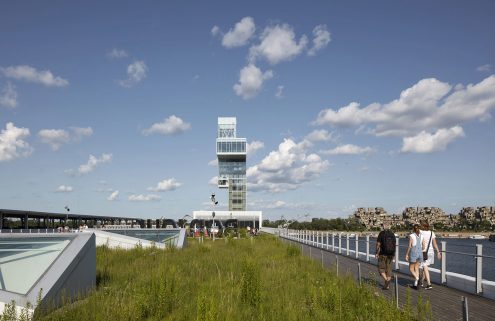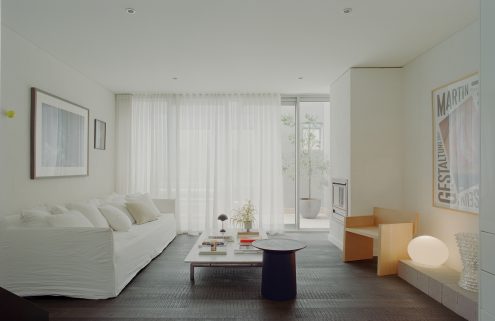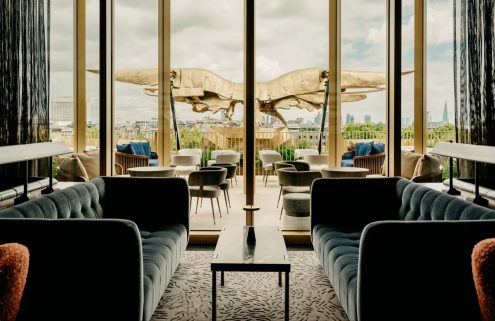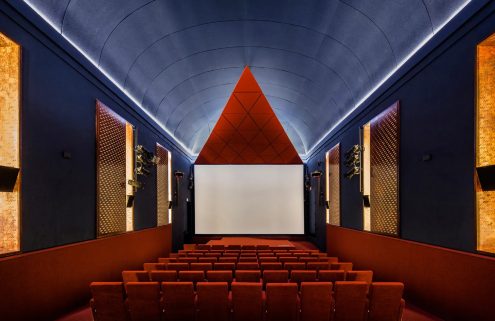There’s nowhere quite like Montreal. Officially designated a UNESCO City of Design – the only one in Canada – it is street suave, unabashedly non-conformist and home to a thriving art and design scene. Not surprising then that its contemporary architecture is so intriguing and dynamic.
While much architecture around the globe has been preoccupied with formal extravagance in recent years, Montreal architects have been quietly innovating, placing people, community and responsible design at the heart of their thinking.
But who’s doing the most insightful work right now? We’ve spotlighted five young Montreal architecture firms you should know, from a team conducting alchemy with old housing stock, to an award-winning studio designing an insectarium.
Alain Carle Architecte
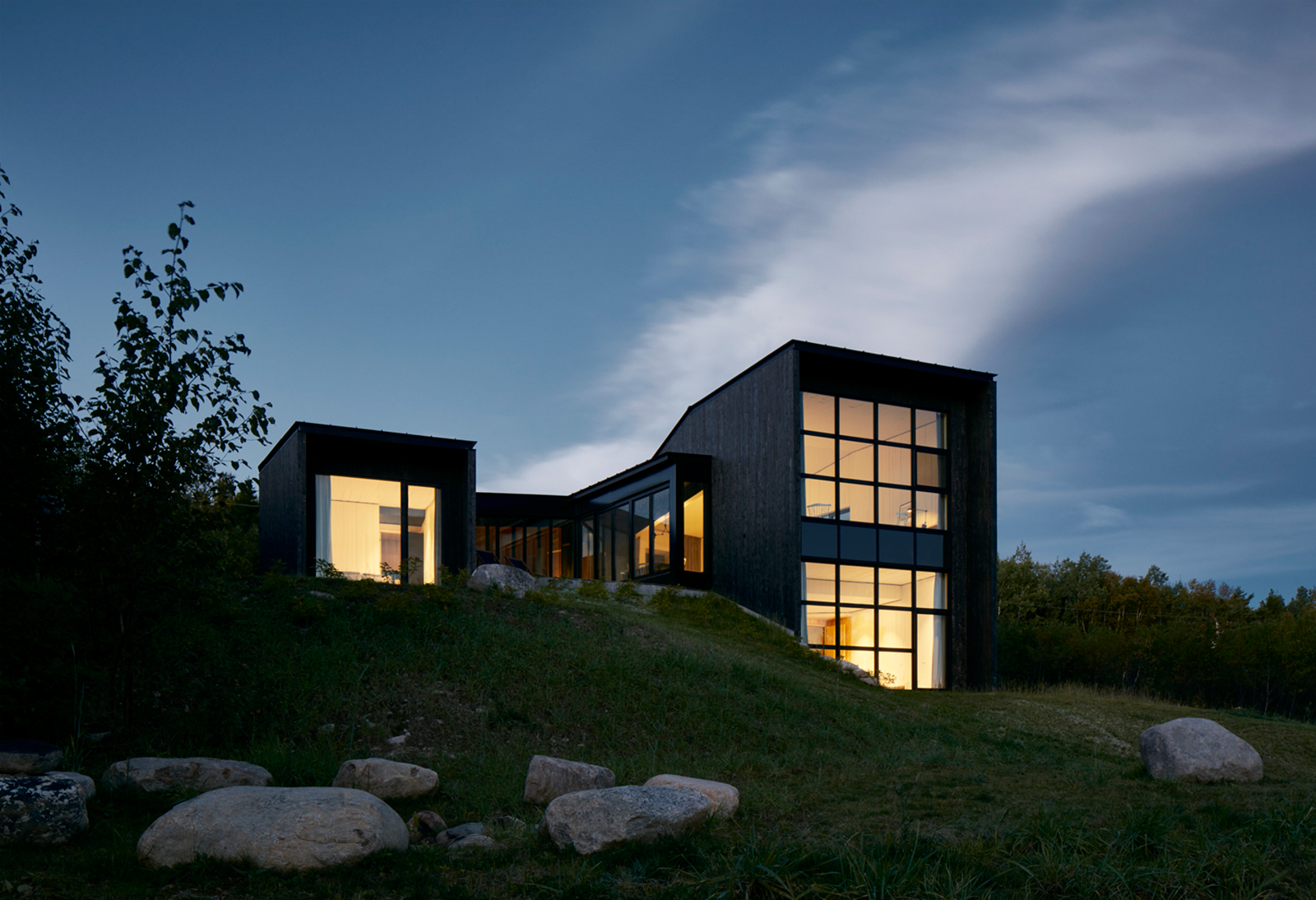
Alain Carle is best known for crafting site sensitive houses using geometric forms, often in black timber. For 2016 project La Charbonnière he employed the Japanese technique of shou-sugi-ban – an ancient system for charring wood.
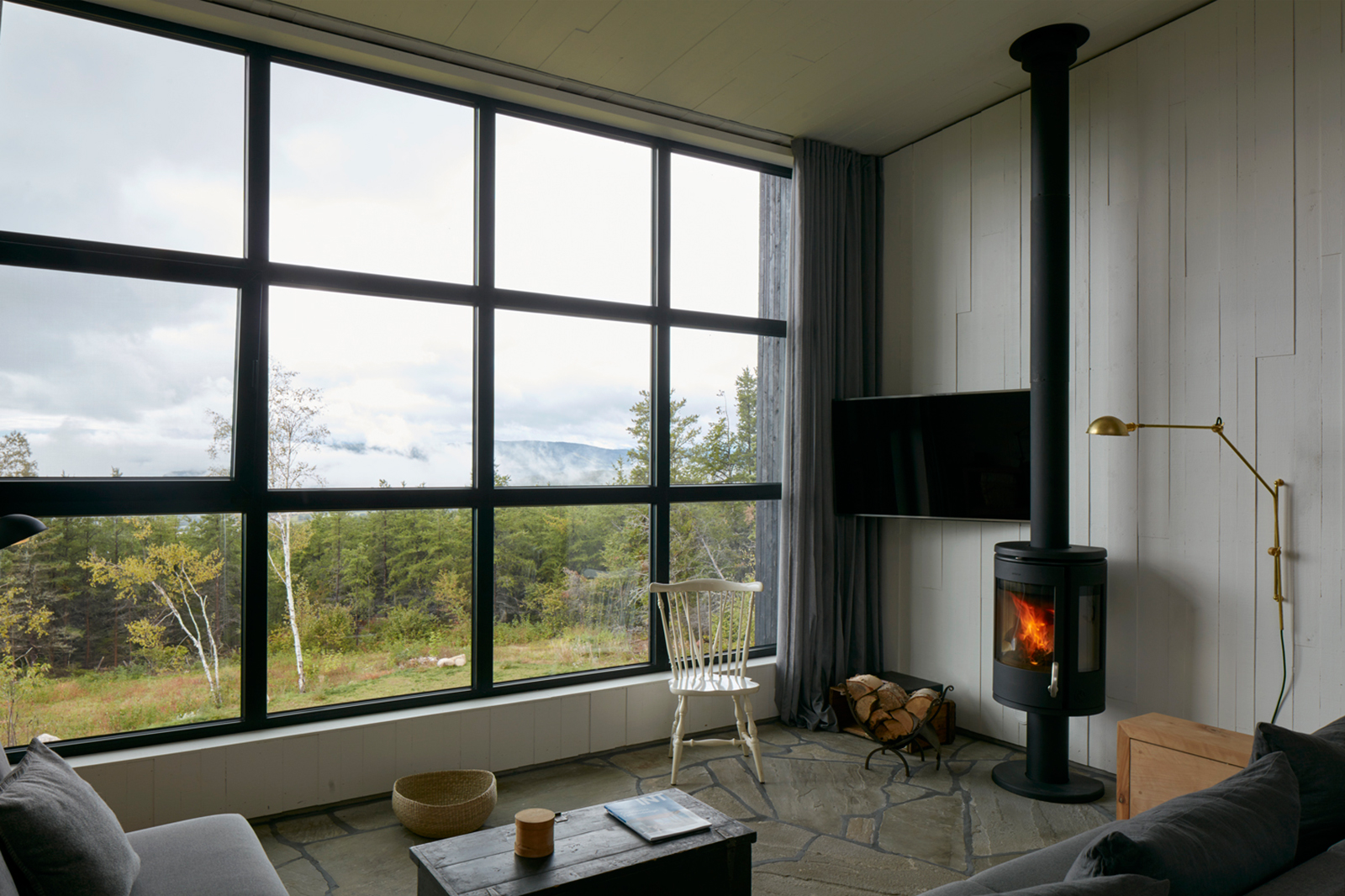
Set on a hill overlooking the St Lawrence River in Quebec, La Charbonnière is described by Carle as ‘emerging from the soil, making a sculptural object facing the monumentality of the river’.
Elsewhere, the Grands Prix du Design-winner has exported his sensitivity to 1 Regent Street St James’s, London, for the Milos restaurant group, and stores for skincare brand Aesop in Seattle and Montreal.
Henri Cleinge
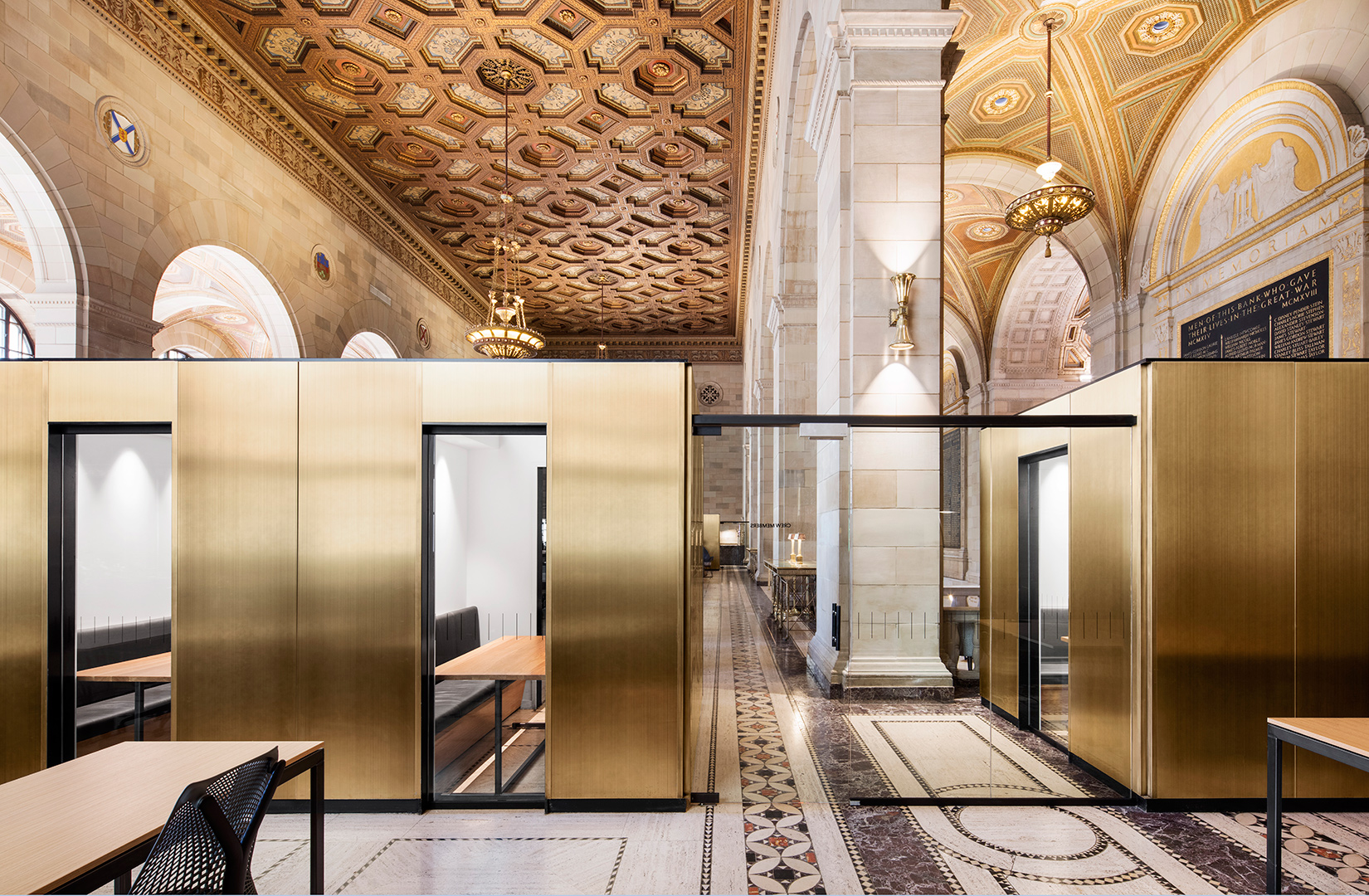
Cleinge was fêted last year for his playful but finely detailed remodelling of the old Royal Bank, in Montreal.
Situated in the city core, its grand banking hall has been transformed into modern offices for a tech startup, along with flexible workspaces and a café. It’s open to the public, with the original brass teller stands adapted as dividers between private and open zones.
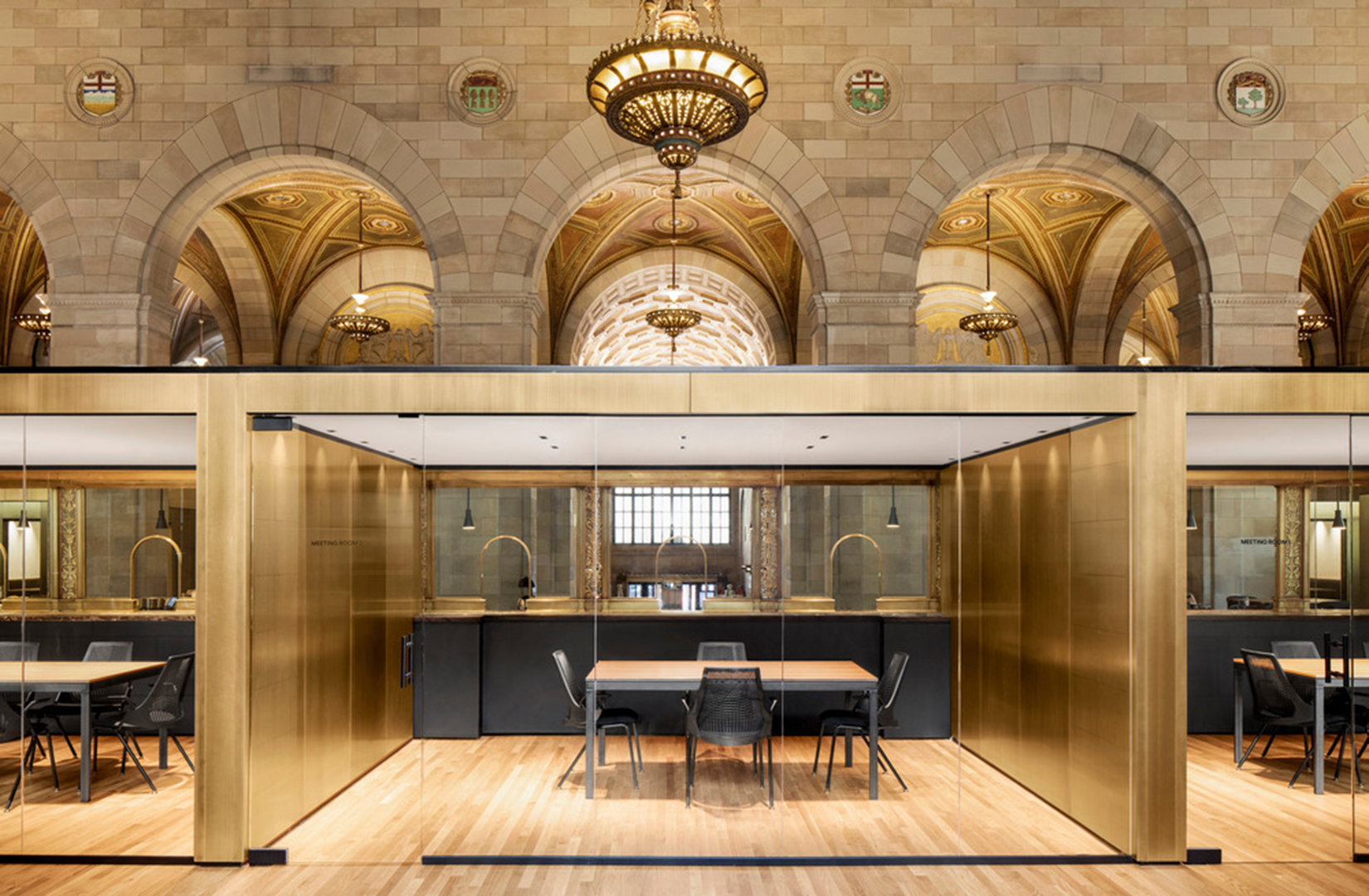
The city’s architecture community has a particular tradition of interdisciplinary collaboration, and Cleinge’s scheme has drawn entirely on local designers. From the built-in cabinetry to the moveable furniture – this project is 100% made in Montreal.
La Shed

A distinctive side of Montreal’s personality is its varied old housing stock. In between the rows lie beloved ruelles, or laneways. Life happens behind the backyards – where families spill out for barbecues, conversation, bikes and street hockey.
It’s this tight urban landscape that interests La Shed, a nine-strong studio that’s carved a niche transforming old Montreal houses for modern living.

La Shed scooped the Royal Architectural Institute of Canada’s Emerging Architectural Practice award last year for its ‘strong urban signature’. Its latest completed project, NDG House (pictured here) is located to the west of the downtown core.
KANVA
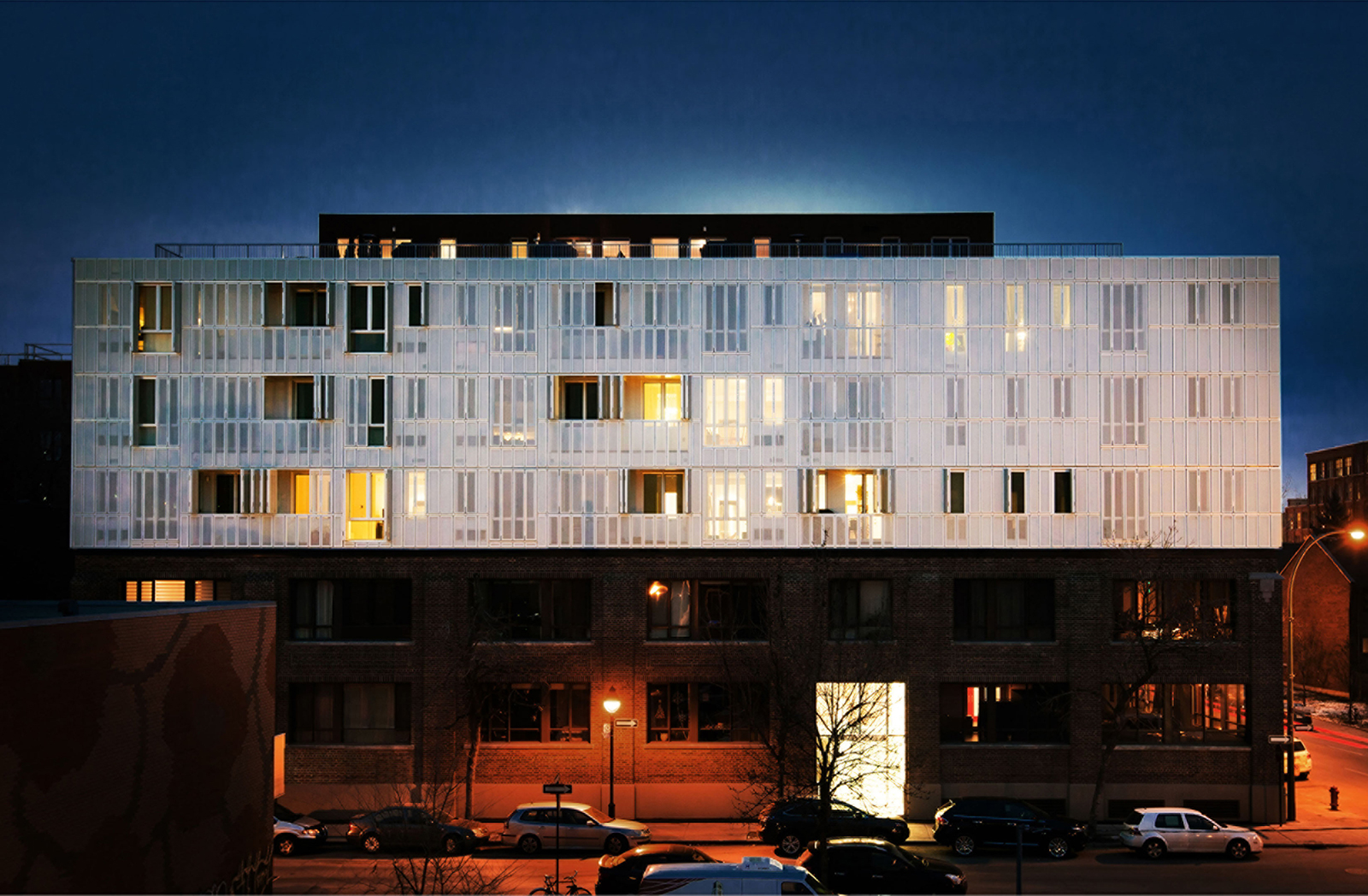
In the tradition of Montreal’s collaborative design style, KANVA describes itself as a ‘collective’ of architects. Its work is deliberately experimental, seeking to blur lines between technology, art and architecture.
The practice was recently commended at the World Architecture Festival for its re-imagining of the Montreal Biôdome, and has won numerous Canadian architecture awards.
To see how KANVA’s thinking is impacting the city, look no further than Irène, its reworking of an old Montreal railway building. Aluminium panels with randomly placed shutters create a theatrical envelope to the upper three floors – now residential lofts.
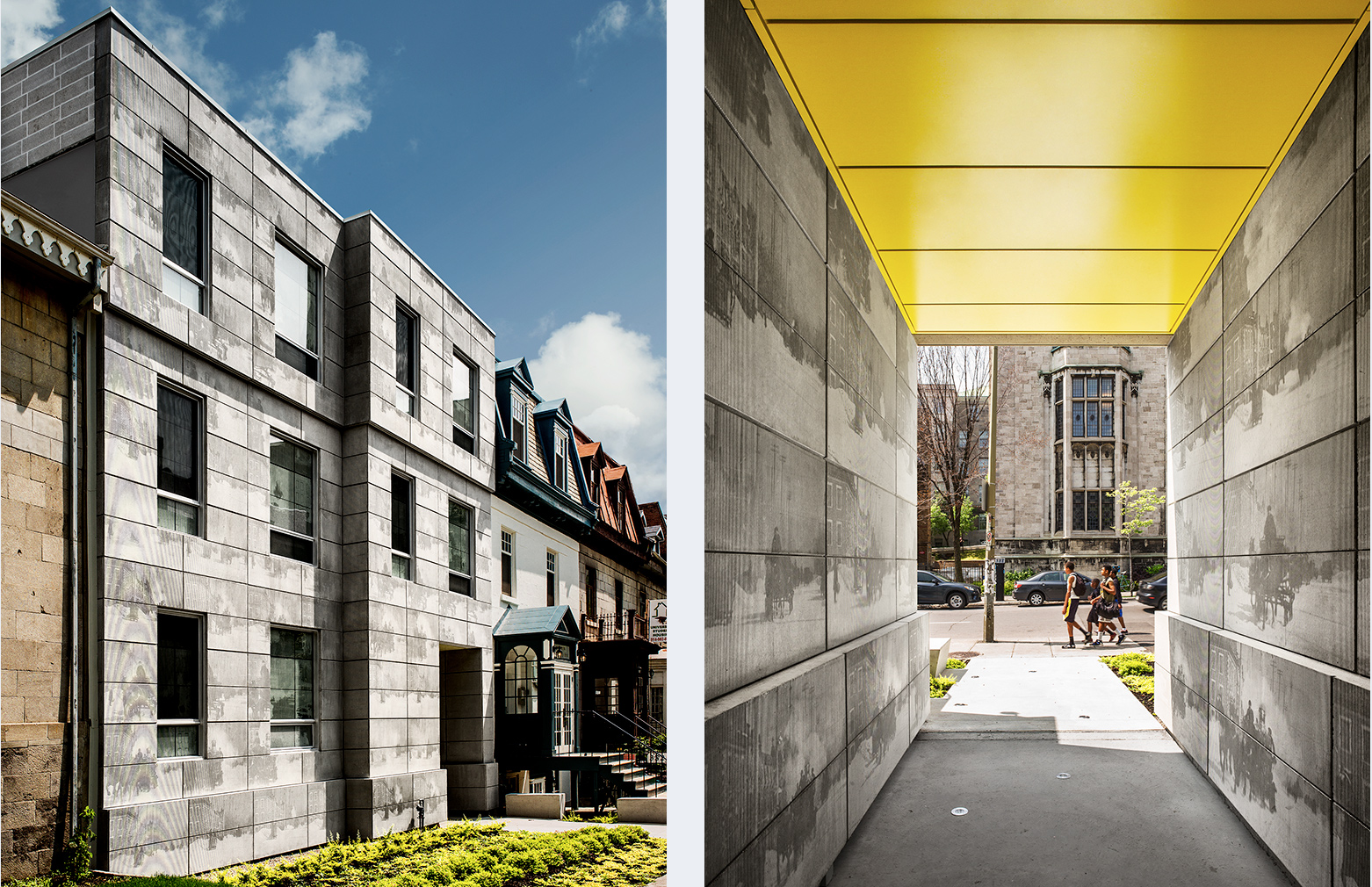
At Edison, a student residence in the district around the University of McGill, the practice has also pioneered the process of photogravure on concrete.
Pelletier de Fontenay
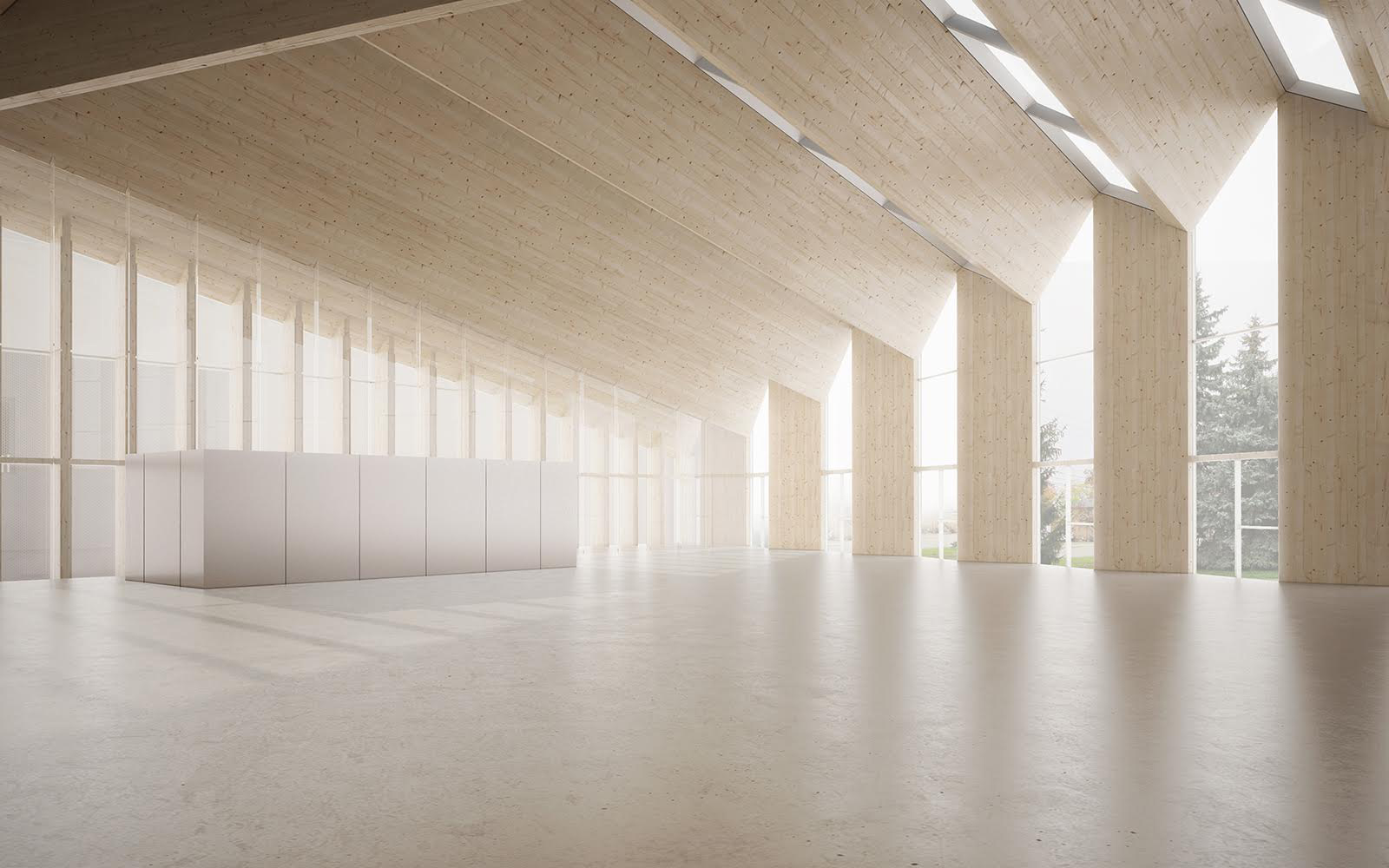
Pelletier de Fontenay was awarded the Architectural League Prize in 2016, one of America’s most prestigious accolades given to young architects.
The studio is currently working on designs for a new public insectarium at Montreal’s Botanical Gardens, having beat stiff international competition to win the project in collaboration with the Berlin firm Kuehn Malvezzi. Their original proposals to the Botanical Gardens included this serene glass pavilion inspired by the structure of leaves.
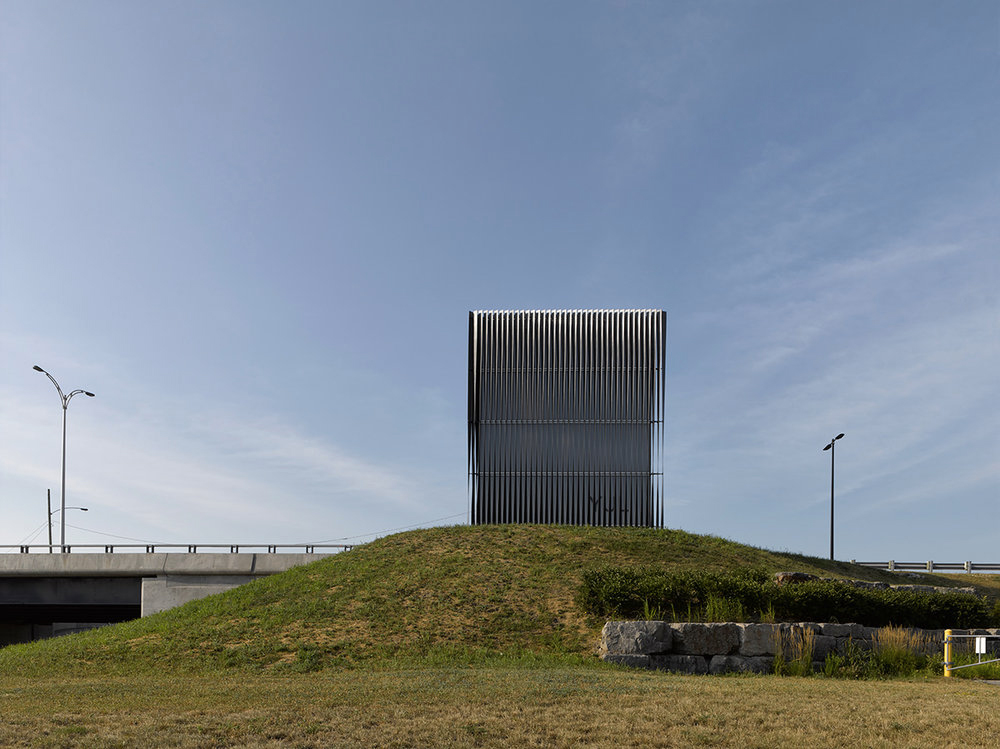
Pelletier de Fontenay’s founders, Yves de Fontenay and Hubert Pelletier, are concerned as much about the abstract concepts of architecture as the way things are built. This combination of deep intellectual rigour and fluidity has resulted in a slew of beautifully refined work – including an entryway signage for Montreal’s airport, and a series of private residences.
Read next: How to blend old and new architecture
